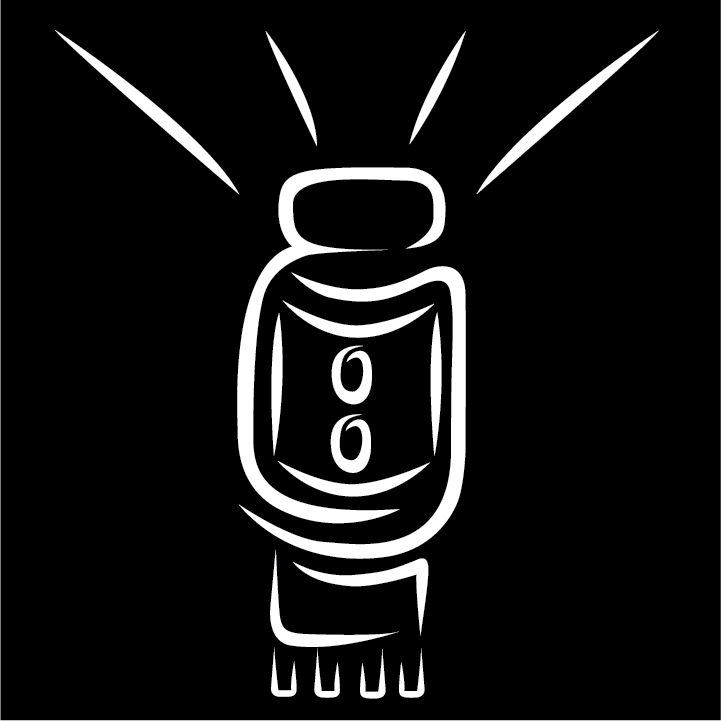MUSING #1, Answer to "Why the 'Bling"?
It’s an interesting question, and one that has an answer you may not expect. Early on I had always answered the question of the “aesthetic” in numerable ways typically finishing with the idea that what the world doesn’t need is “another black box”. Although this in my mind is still true, it isn’t the entire answer. I’d like to spend some time kicking around a few ideas in order to illuminate/illustrate “why the bling”.
The 1st idea is actually more of a question: Why NOT the bling? Nowhere is it “written” that speakers and turntables can be the only audio devices regarded as objects d’art. In fact, I’m sure there are more than a few industrial designers out there that would do a much better job of arguing my case for me. I would argue that the lack of beauty in many of the worlds greatest audio devices is really a newer concept. Whether this is due to the “bean-counters” insisting on something easy to manufacture (read: cheap), the movement to a “disposable economy” whereby nothing is ever repaired, it’s just thrown out, or the indifference shown by major manufacturers to commit to a well conceived and well executed aesthetic (McIntosh notwithstanding)…..? I digress, those of you who are familiar with the floor radios of the 20’s, 30’s and 40’s can attest to the beauty and design excellence of these pieces of furniture. Furniture that would occupy pride of place in the sitting room of the home. So, how is a modern stereo component any different? I don’t believe it is…………….., let’s continue.
Secondly, I’ve been a woodworker since my early 20’s…… so that’s some 35 years of working wood. Self-taught, and still retaining most of my digits….. ha. :) It was only natural to me to incorporate this “organic” material into the pieces I create. After all, the ebb and flow of music is organic as well. Most importantly, like music, every piece of wood is SINGULAR. It is entirely unique and the piece created from these singular pieces of wood then become part of a bespoke whole. I really like this idea, not just another cog in the machine……. I’m pretty sure Roger Waters had that idea in mind while writing Another brick in the wall pt.2 …………………….. Individuality, I like this idea, to own something that no one else has. As an aside, this is also part of the reason that I use crystal clear lacquer to finish the bases, what you see is the wood itself, no dyes, no fillers, no stains……. just the wood. The joinery (finger-joints) was selected to showcase the contrast between the two types of wood used in the bases, and the execution of these joints is no small matter of pride to an accomplished woodworker…(indulgent, I know, but so is a 15 minute Steve Vai guitar solo)…..is it not?
Lastly, the polished plates…………….., again, self-taught and only recently having the major milling done by a laser-cutting outfit in Utah (but currently just for the Transcendence DHT Stereo 300b Amplifier and the standard version of the Iron-Coupled DHT Line-Preamplifier)… I believe that what the polished plates really do (as opposed to “brushed” or an anodized finish) cannot be achieved any other way……. namely, SHINE….. So, why is this IMHO an important consideration? Maybe it’s a result of growing up in the late 70’s and early 80’s…. a-hem……., well, I spent more than just a few “formative years” listening to music in Cousin-Frank’s “back-room” (read: listening room) with the lights OFF, the incense burning, and the soft glow of lava lamps….. These days, there really is no substitute for listening again with the lights OFF. My amplifiers, reflecting and refracting the glow of the tubes off of the polished plates and capacitors is glorious…. and this ‘BLING is absolutely intentional. :) Cheers!
Inspired by the Mongolian throat singing of the song Wolf Totem by The HU , Digital Rendering by Matt.

